Harvesting Salt from the Ocean – A Great Skill to Learn
In our nation’s early history, salt licks dotted the landscape, providing animals and settlers alike with salt in abundance. Today, most of those salt licks are gone and the majority of the salt we use comes from underground mines.
Yet, in the event of a major disaster, those mines are unlikely to still be in operation. Perhaps the only salt available will be salt harvested from the ocean, which will become a valuable barter commodity.
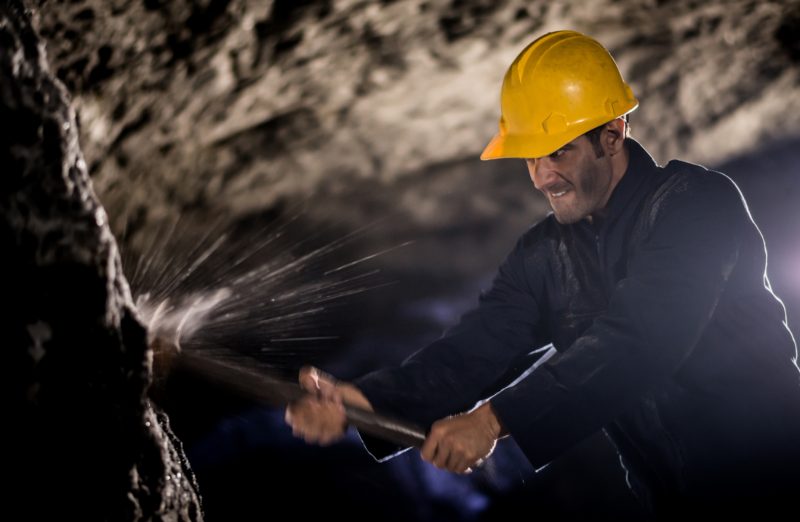
Sea salt has become popular today because it is not just sodium chloride, but a mixture of different minerals.
There are those say that this is better for one’s health. I’m not going to debate that at this time; but it’s nice to know that in a true survival situation, it would be healthy for use.
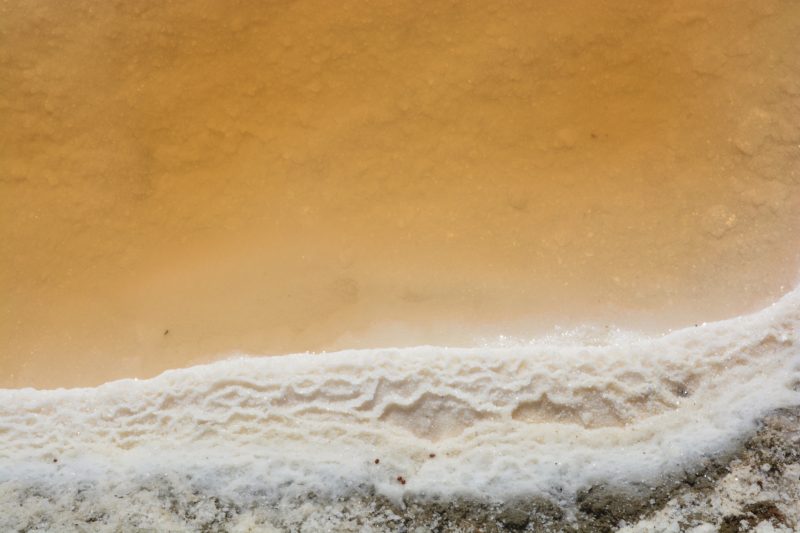
The southern coast of Texas has a barrier island, known as South Padre Island. Just south of that, across the border in Mexico, the barrier island breaks up into countless small islands in an area known as Laguna Madre (Mother Lagoon). It was there that I first experienced salt harvesting from the ocean.
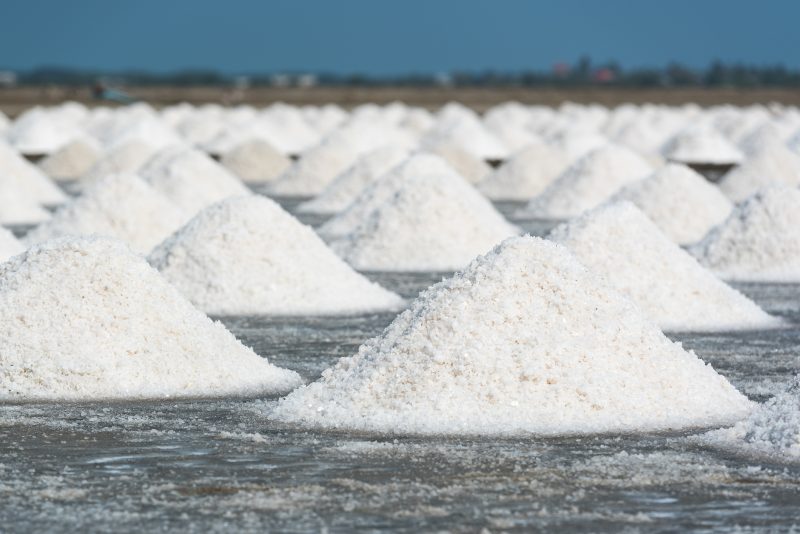
The small islands of the Laguna Madre are just barely above sea level. In fact, there are parts of the islands, more correctly areas between the islands, which fluctuate between being above and below the surface of the water, depending on the tides.
As the rise and fall of the tides in the lagoon is less than a foot, this is an absolutely perfect place for harvesting salt from the ocean.
How They Harvest Sea Salt the Old-Fashioned Way
Mexican inhabitants of these islands are still harvesting salt from the ocean today, the same way their ancestors have done it for hundreds of years, giving me an opportunity to see the traditional process, first-hand.
Since the ocean water is already carrying dissolved salt in it, the key is to trap a quantity of water and allow it to evaporate. In the Laguna Madre, the relatively flat land allowed them to do this by building dykes to seal off the area between islands.
They would build these dykes at low tide, leaving a gap for water to get in. Then, when high tide came and the area was flooded, they would fill in the gap in their dyke, effectively closing it off and making it into a salt-water lake.
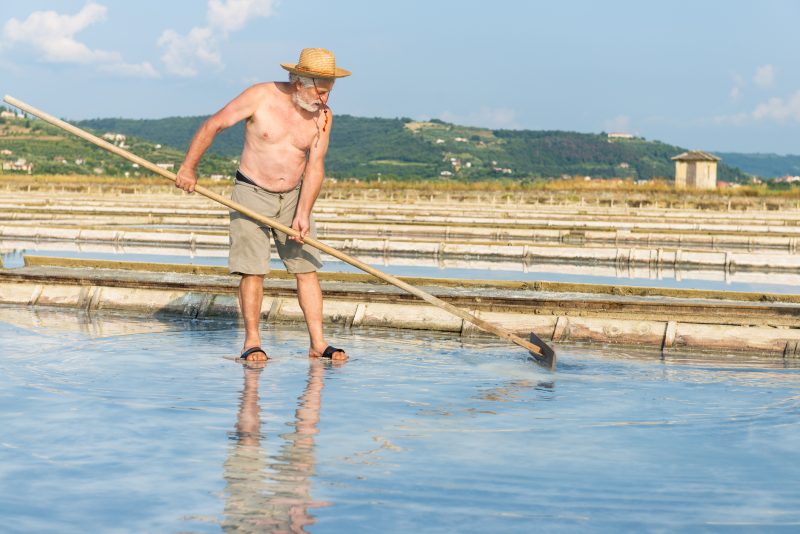
There are two key tricks here to making this work. The first is to have the lake just barely above sea level. You only want a few inches of water to fill the inland lake, maybe a maximum of six inches. The more water there is, the longer it will take it to evaporate.
While this will produce more salt, the cycle is longer. In addition, it is necessary to make the dykes thick enough that the incoming tide won’t soak through.
The problem here is that there is a tendency for the seawater to soak into the sand, rewetting the area that is trying to dry. In places where this was a problem, they would often make two dykes, removing the water from the area between the two.
That way, water soaking through the sand of the first dyke, won’t soak the area where the salt is being harvested.
It usually takes about a week for the water to evaporate to the point where the salt can be harvested. Ideally, you want to get as little sand as possible when harvesting the salt. Of course, some salt is going to be mixed with sand, no matter how hard you try, which will have to be separated. This is next.
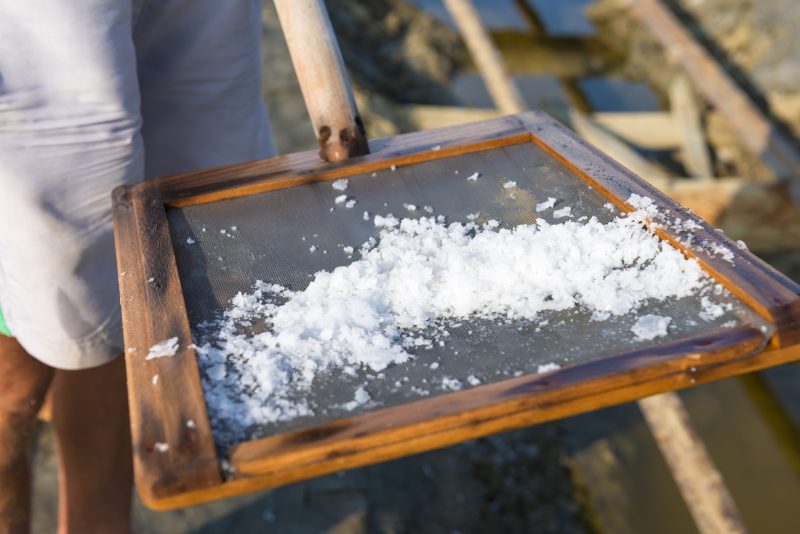
The salt/sand mixture that is harvested is then moved to another area, where it is wetted down again, turning it into a slurry.
The sand can then be sifted out, leaving a thick solution of salt water. This is spread out on whatever flat, non-porous surface is available, to dry again. In the Langua Mandre, they mostly used corrugated tin sheets for this.
This is then left in the sun to dry. The dry salt needs only to be crushed and ground to be ready for use.
Harvesting Your Own Salt from the Ocean
From what I’ve seen, there are few places which are as ideal, geographically speaking, for the harvest of salt from the ocean as what I saw in Laguna Madre.
However, people still manage to harvest sea salt in other parts of the world. There are a couple of ways they go about this.
On the more primitive level, sea water can be hauled or pumped to a flattened area of sand, or even a cement slab, which is farther from the shore and the same basic process used.
The advantage to this is that there won’t be any risk of incoming tide rewetting the saltwater and delaying the process. In fact, the drier sand should make it faster to harvest the salt from the seawater.

However, there is a much more efficient way of harvesting salt from the ocean, in a two-stage process. To start, put seawater in a big stock-pot of some sort, like you would find in a commercial kitchen, and boil off most of the water.
As you are doing this, you can keep adding more seawater, so that you end up with a brine or salt slurry.
Your now concentrated saltwater is going to take much less time to dry, producing a much higher yield of salt. All that’s needed is a good place to dry it.
I would recommend a solar still, solar oven or solar dehydrator. All three are essentially the same; a wood cabinet with a glass top, unless they are commercially made in which case the cabinet will be plastic or aluminum.
These work like any passive solar system, allowing sunlight in, where it is converted to heat. The glass top helps hold the heat in place.
The salt slurry can be placed in glass baking pans or aluminum cookie sheets inside the solar still, and then placed in the sun. This will cause the water to evaporate at a faster rate than if you just placed the pans in the sun. Once dry, the salt can be broken up and ground.
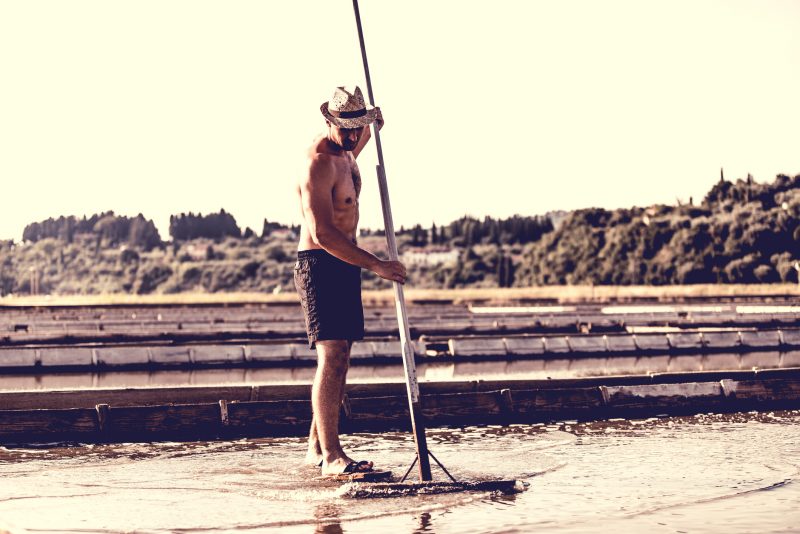
The advantage of harvesting your sea salt in this manner is that there won’t be any problem with sand. If you pass your raw seawater through cheesecloth or some other coarse filter, it will remove any solids. Any bacteria or other microorganisms will die due to the dehydration process, so the finished sea salt will be biologically clean or sterile and safe for consumption.





